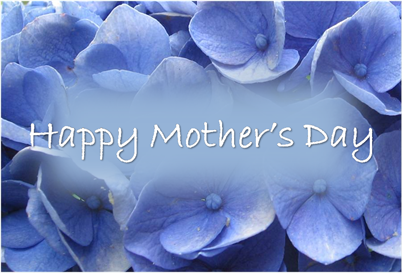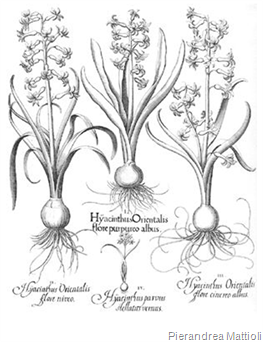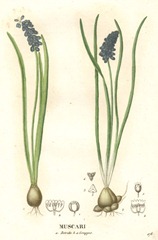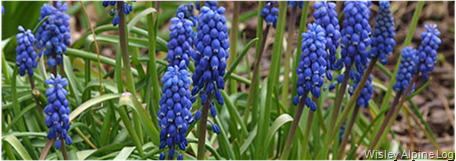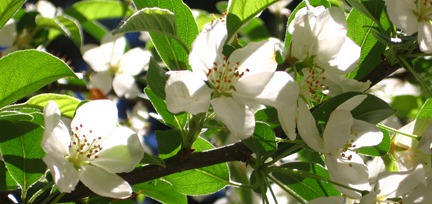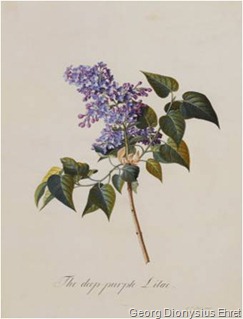 A fresh cut bunch of these fragrant beauties sits atop my bookshelf table as I type; an uninhibited and slightly wild grouping of woody stems with purple blooms peeking out from the mass of leaves as nature intended (courtesy of my grandmother’s backyard).
A fresh cut bunch of these fragrant beauties sits atop my bookshelf table as I type; an uninhibited and slightly wild grouping of woody stems with purple blooms peeking out from the mass of leaves as nature intended (courtesy of my grandmother’s backyard).
Lilacs abound in New England for a brief but spectacular season in the Spring (usually early May). They are a fast fading bloom, but very popular. The flowers will usually last 3-5 days. The trick to a longer bloom is to cut them when the tiny star-shaped flowers are just beginning to burst open and the majority are still just engorged buds. Also, resist the urge to plop them into a pool of ice cold water and opt for lukewarm instead. It will help them drink faster and stay hydrated longer.
Syringa, or Lilac, is a genus of about 20–25 species of flowering woody plants in the olive family. They are deciduous shrubs or small trees that explode with flowers in shades of purple, or in some varieties, white, pink, dark burgundy color or even pale yellow.
The Syringa vulgaris has a special place in the hearts of fellow New Hampshirites as our home’s official state flower. They are "symbolic of that hardy character of the men and women of the Granite State" (New Hampshire Revised Statute Annotated (RSA) 3:5).
Every May the Arnold Arboretum in Jamaica Plain celebrates "Lilac Sunday". During this celebration of Spring, the The Arboretum shows off its collection of over 400 lilac plants and opens the grounds for picnicking (the only day of the year it’s allowed). Unfortunately the festival was held May 8th this year and we missed it. I’ll have to settle for my bunch of blooms at home for now.
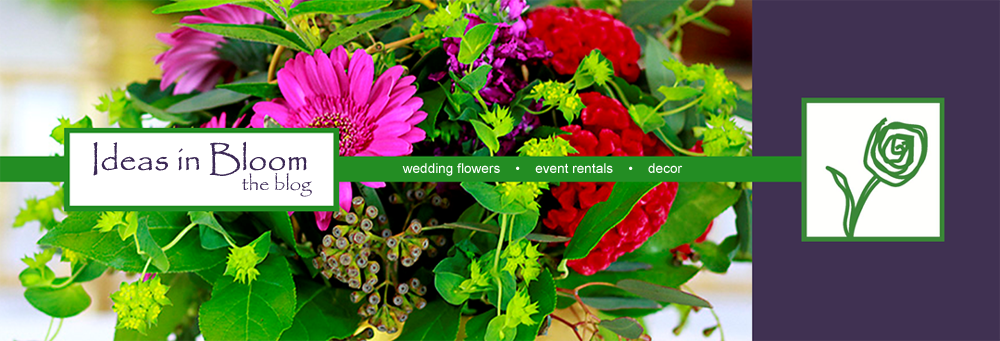

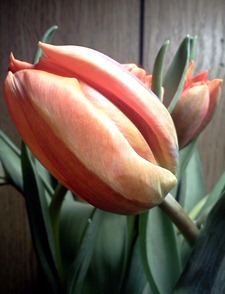
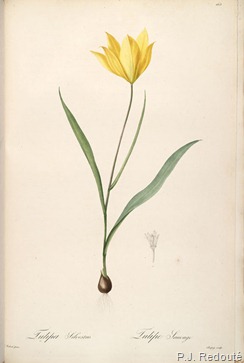
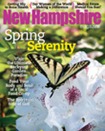
![newtprize_thumb[6] newtprize_thumb[6]](http://lh6.ggpht.com/_is-eJIoCLX4/TdG4UwMNmVI/AAAAAAAAA3k/-h-4dvmIKDA/newtprize_thumb%5B6%5D_thumb%5B3%5D.png?imgmax=800)
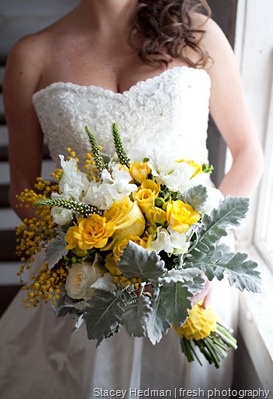
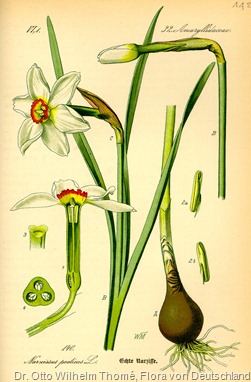 A short post on these quickly fading blooms! It’s hard to believe it’s already May and the bulb plants are already making their exit.
A short post on these quickly fading blooms! It’s hard to believe it’s already May and the bulb plants are already making their exit.